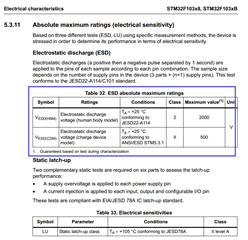Other Parts Discussed in Thread: STRIKE
Hi there,
We have used TPD6E05U06RVZR on user USB 3.0 and user HDMI interfaces. These conn could be touched by user and will bear IEC standard EMC test during verification process, so they need ESD diode.
Now we have a lot of internal interfaces inside our machine. Such as board-to-board PCIE connectors, internal HDMI / SATA board-to-wire connectors, and so on. These connceterIs are only touched when assembling.
Is it necessary to use a ESD diodes like TPD6E05U06RVZR ? and why?
Thanks!




